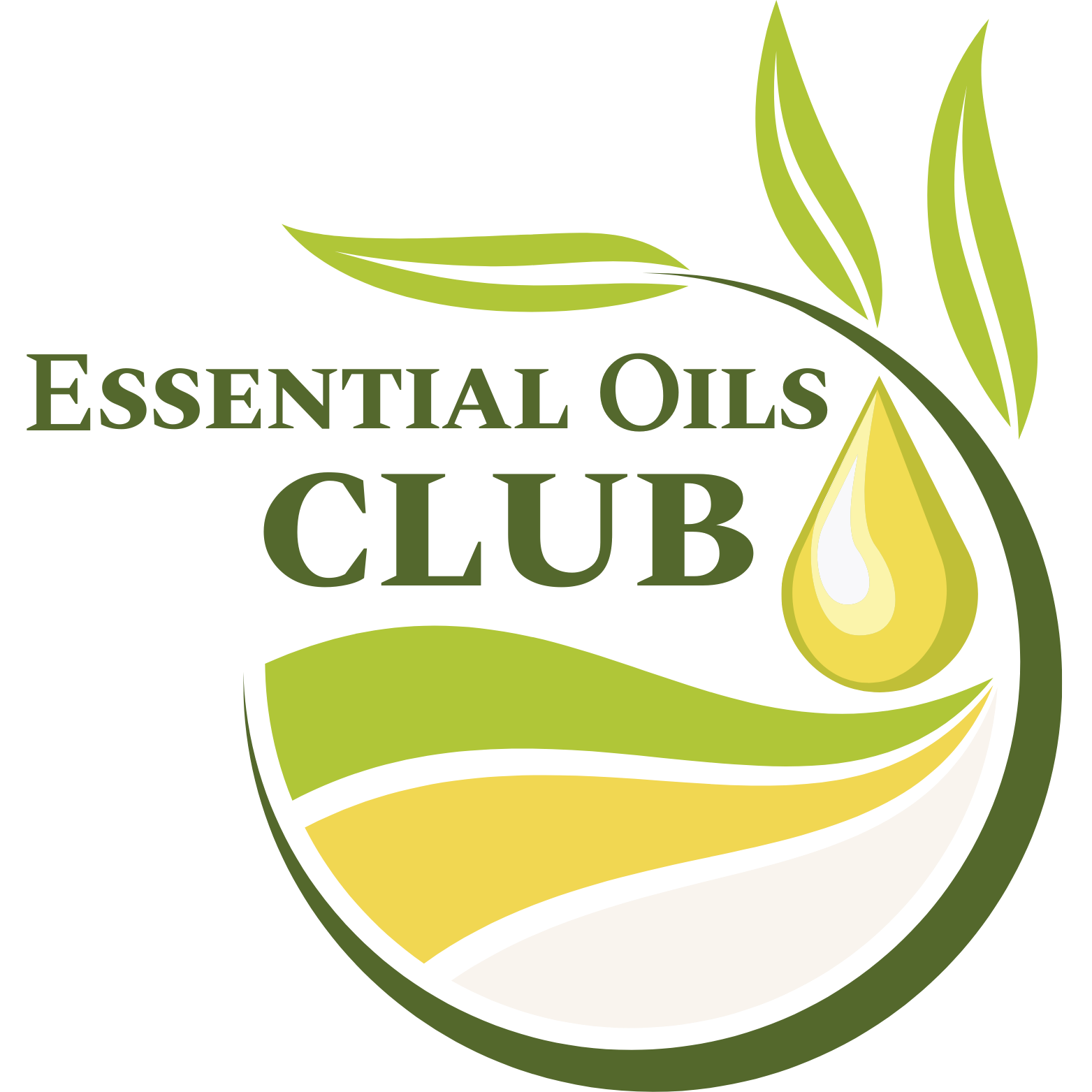No products in the cart.
🌲 Pine Essential Oil: Uplifting aroma for refreshing breath, fostering positive energy, and warding off negativity. 🌬️🌟😊
Percentages of key constituents in Bergamot Essential Oil vary due to factors like source, extraction method, and quality. The chemical compound and their approximate percentage ranges includes:
Here are some of the main constituents typically found in Ecuadorian Oregano Essential Oil, but we cannot give a percentage list of compounds:
Thymol: Another potent antimicrobial compound commonly found in oregano essential oil.
γ-Terpinene: This compound contributes to the characteristic aroma of oregano oil and possesses antimicrobial properties.
p-Cymene: A natural compound with antimicrobial and antioxidant properties.
Linalool: Known for its calming and soothing effects, linalool is a common constituent found in many essential oils, including oregano oil.
α-Terpineol: This compound has a pleasant aroma and is believed to have antimicrobial and antioxidant properties.
Extracted through the process of steam distillation from the needles of the towering Pinus sylvestris tree, more commonly known as Scotch pine, this essential oil offers a wealth of therapeutic potential. These majestic evergreens, reaching skyward at heights of up to 131 feet, are characterized by their stunning orange-red bark and the firm, blue-green needles that adorn their branches.
The aroma of Pine essential oil is akin to a journey through a serene Japanese forest, invoking the traditions of forest bathing. When inhaled, it offers a revitalizing and refreshing breathing experience, often evoking moments of pure joy and tranquility.
One of its most compelling features is its versatility in blending with other essential oils. Pairing Pine with oils like Peppermint, Lavender, or Eucalyptus can unlock a multitude of benefits, enhancing its already impressive therapeutic properties.
Topical: Dilute 1 drop with 1 drop of V-6 or olive oil and apply to the desired area as needed.
Aromatic: Diffuse up to 30 minutes 3 times daily.

